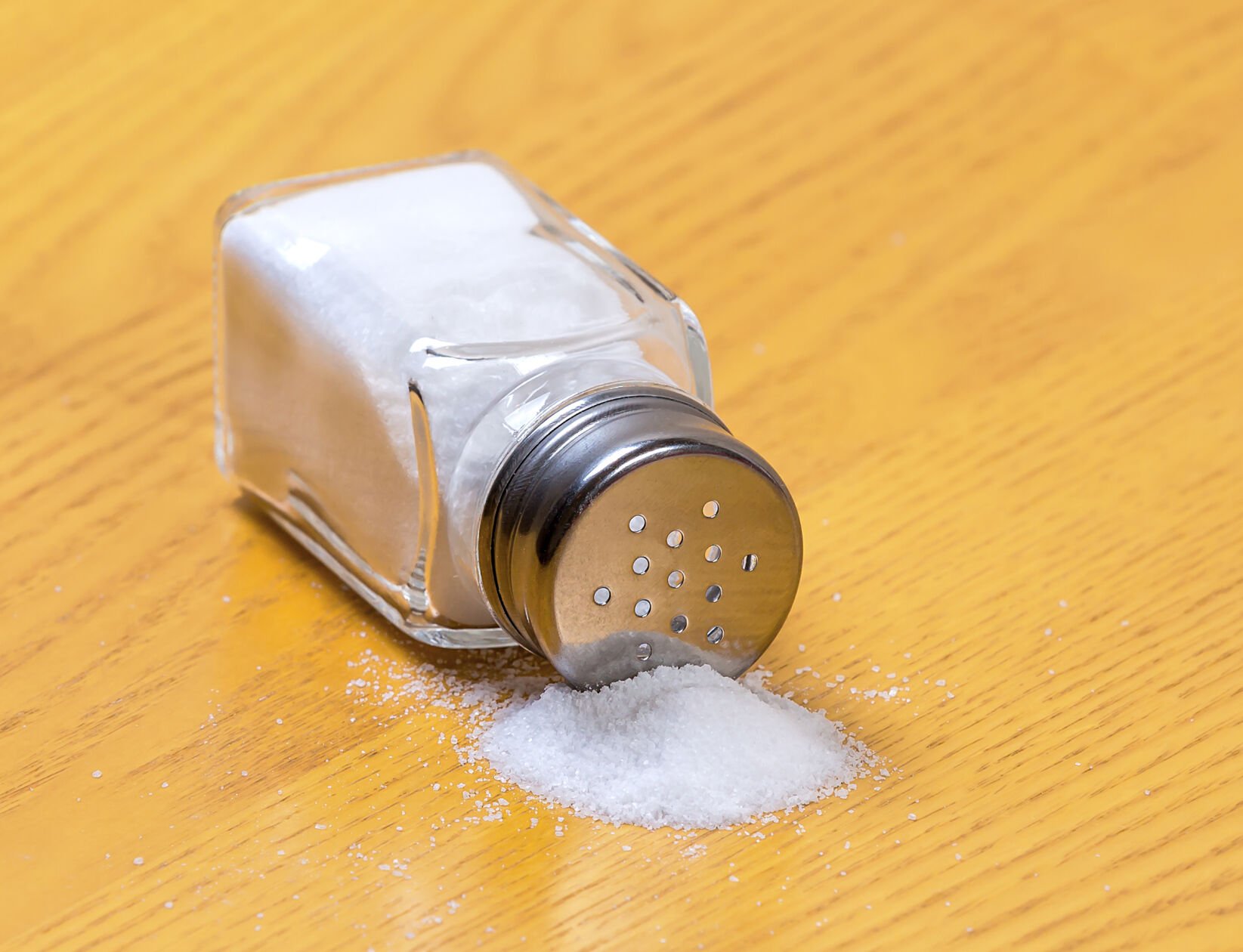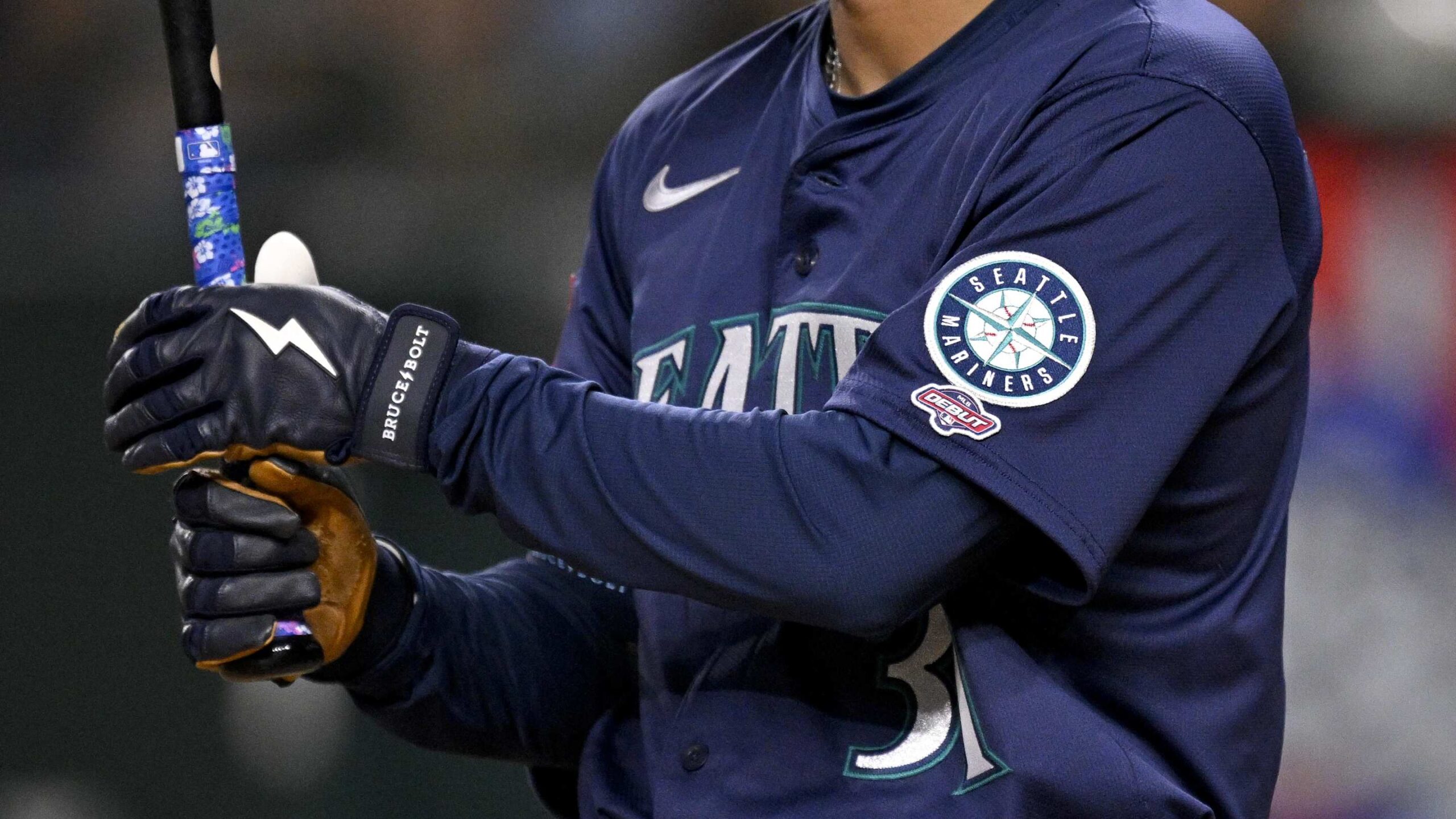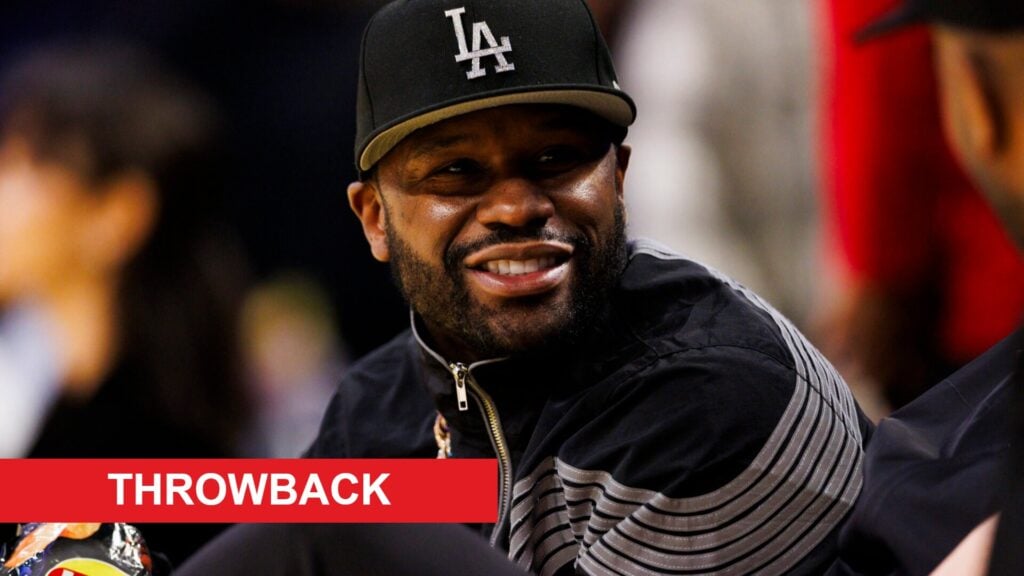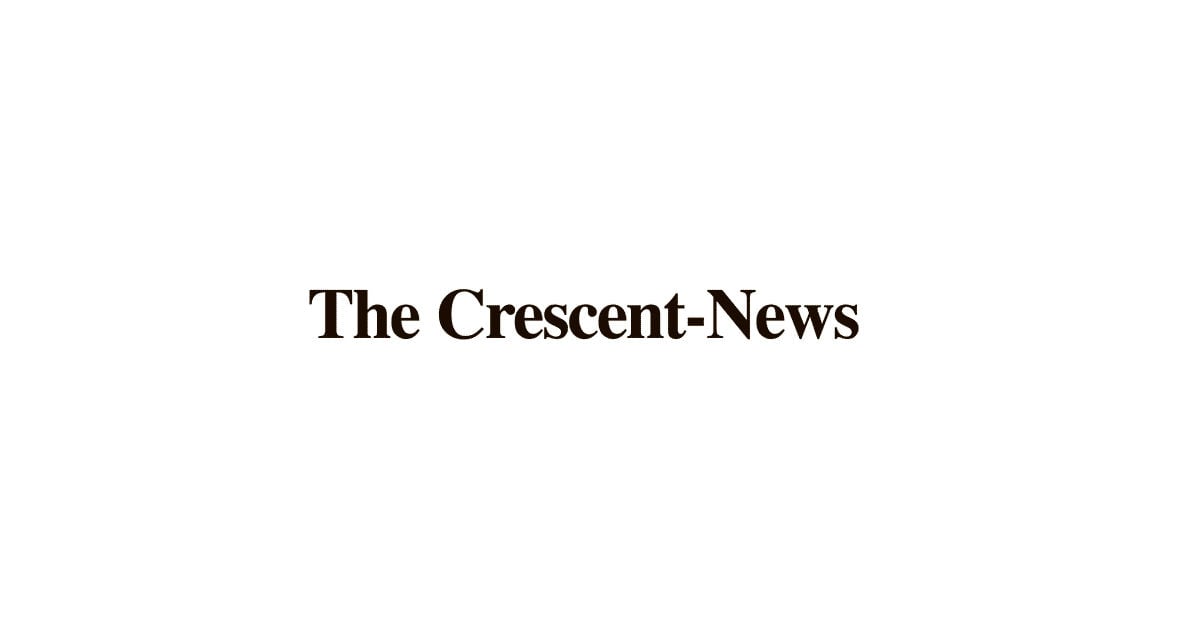As someone who habitually checks food labels, I was stunned to find an electrolyte drink boasting 1,000 milligrams of sodium per 16-ounce serving. Is this much salt necessary?
On Nutrition: The science of salt

Key Takeaways:
- Electrolyte drinks may contain unexpectedly high sodium levels.
- Regularly reading food labels can reveal surprising product contents.
- Even health-focused beverages may require scrutiny regarding ingredients.
- Being informed empowers better health and nutrition choices.
A Habit Worth Keeping
I have a peculiar habit that goes with the territory of my profession: checking food labels. Whether I’m in the grocery aisle or exploring new products, I find myself scrutinizing the fine print. It’s a small practice that often yields big insights about what’s in the foods and drinks we consume.
An Eye-Opening Label
Recently, this habit led me to a surprising discovery. An electrolyte beverage, innocuous in its packaging, grabbed my attention—not because of its branding but because of the numbers on its nutrition label. The drink contained a staggering 1,000 milligrams of sodium in a single 16-ounce serving.
The Science of Salt
Sodium is an essential mineral that plays a critical role in muscle function and fluid balance. It’s no secret that electrolyte drinks include sodium to help replenish what’s lost through sweat, especially during intense exercise. However, the sheer amount in this beverage made me pause. For context, 1,000 milligrams is nearly half of the recommended daily sodium intake for an average adult.
What Does This Mean for You?
If you’re an endurance athlete or someone who sweats profusely during workouts, replenishing sodium is important. But for the average person grabbing an electrolyte drink after moderate activity—or worse, while at rest—that amount of sodium may be excessive. High sodium intake can contribute to increased blood pressure and other health concerns over time.
The Power of Being Informed
This experience reinforced the importance of reading and understanding nutrition labels. Products marketed as healthy or necessary for fitness enthusiasts aren’t always aligned with everyone’s health needs. By staying informed about what we’re putting into our bodies, we can make choices that better suit our individual lifestyles and wellness goals.
Conclusion
Even as someone who regularly inspects food labels, I was taken aback by this find. It’s a reminder that there’s always more to learn and that vigilance is key when it comes to our nutrition. So next time you reach for that beverage or snack, take a moment to read the label—you might be surprised by what you discover.











